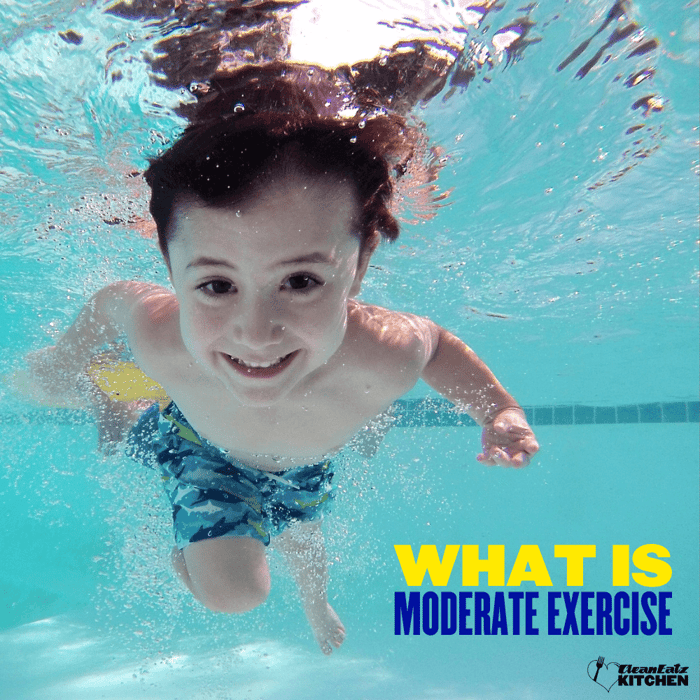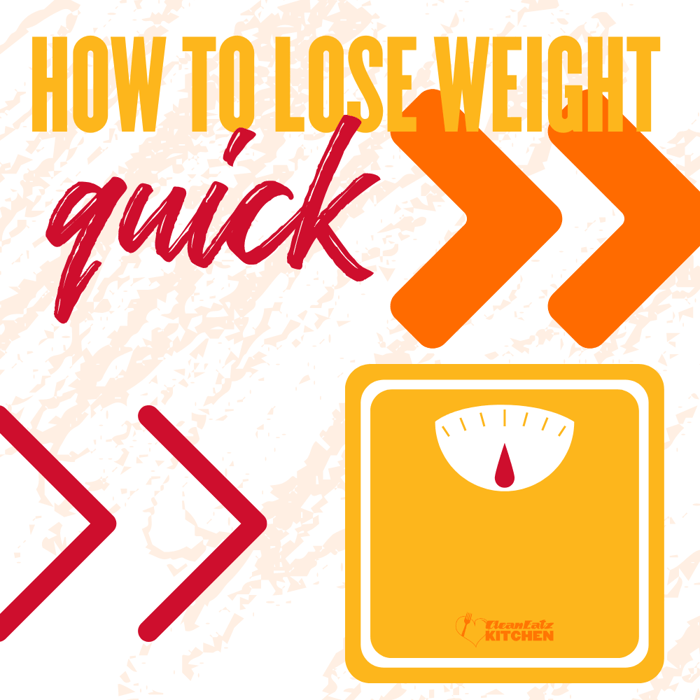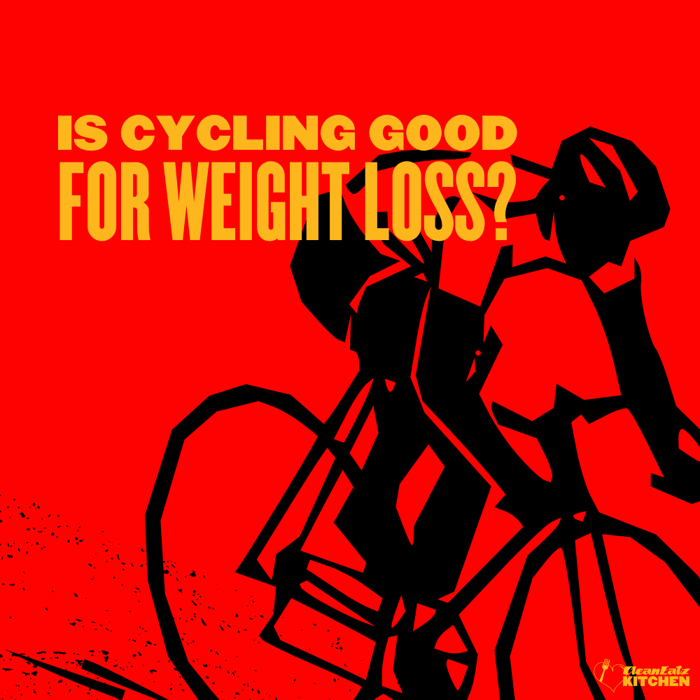What Is Moderate Exercise? Talk Test, Heart-Rate Zones & Real-Life Examples

Jason Nista
Exercises & Fitness
10/09/2025 9:50am
3 minute read
Quick answer: Moderate exercise means you’re breathing harder but can talk in short sentences (not sing). It usually corresponds to ~50–70% of max heart rate or ~40–59% of heart-rate reserve, about 3–6 METs, or an RPE of ~3–4/10. Brisk walking, easy cycling, water aerobics, and doubles tennis are classic examples.
On this page
- How to tell if it’s moderate (4 easy methods)
- Everyday examples that count
- Weekly targets (and how to mix with vigorous)
- Why it feels easier (or harder) some days
- How to estimate your heart-rate zone (with example)
- What to eat from Clean Eatz Kitchen
- FAQ
How to tell if it’s moderate (4 easy methods)
- Talk test: you can talk but not sing steadily.
- Heart rate: roughly 50–70% of your max HR (or 40–59% of HR reserve for a more personalized range).
- RPE (effort 0–10): feels like 3–4/10—noticeably working but sustainable.
- Step-rate cue for walkers: around ~100 steps per minute (≈3,000 steps in 30 minutes) is a common moderate pacing cue for many adults.
Everyday examples that count
- Brisk walking (about ≥2.5 mph)
- Recreational swimming or water aerobics
- Cycling on level ground <10 mph
- Doubles tennis, ballroom/line dancing
- General yard work and active housework
Weekly targets (and how to mix with vigorous)
- Baseline: 150 minutes/week of moderate activity or 75 minutes/week of vigorous activity, plus 2 days/week of strength. Short bouts add up.
- Mix & match: combine minutes using “moderate-equivalent” math (e.g., 1 minute vigorous ≈ 2 minutes moderate).
Why it feels easier (or harder) some days
- Heat, hills, and altitude push your HR up at a given pace.
- Sleep, stress, caffeine, hydration change perceived effort.
- Medications: beta-blockers blunt HR response—use the talk test and RPE instead of numbers.
How to estimate your heart-rate zone (with example)
Quick method (percent of max HR): Max ≈ 220 − age. Moderate ≈ 50–70% of that.
Example (age 40): Max HR ≈ 180 bpm → moderate zone ≈ 90–126 bpm.
More personalized (heart-rate reserve): HRR = Max HR − Resting HR. Moderate ≈ 40–59% of HRR + Resting HR.
Example (age 40; resting 60): HRR = 180 − 60 = 120 → 40–59% of HRR = 48–71; add resting = ~108–131 bpm.
Tip: Numbers are guides. If you’re on HR-affecting meds or your wearable lags, rely on the talk test and RPE.
What to eat from Clean Eatz Kitchen
- Cleanwich — quick post-walk carbs + protein.
- Build-A-Meal Plan — lock 25–35 g protein/meal to support training weeks.
- Meal Plans — balanced options to pair with daily walks or rides.
FAQ
Does strength training count toward my “moderate” minutes?
Strength is essential but tracked separately. Keep 2 days/week of strength work and do your moderate minutes in addition.
Is a slow walk moderate?
Usually not. Aim for a pace where talking is possible but singing isn’t—often around ~100 steps/min for many adults.
What if my heart rate looks low but I’m working?
Rely on the talk test and RPE. Devices can misread with motion, tattoos, or cold weather; some medications blunt HR numbers.
How should I progress?
Start where you are and add ~10% time per week. Mix in a bit of vigorous work once you’re comfortable.
Related Articles
The Effectiveness of Running for Weight Loss
7 minute read
Is Cycling Good for Weight Loss?
4 minute read



